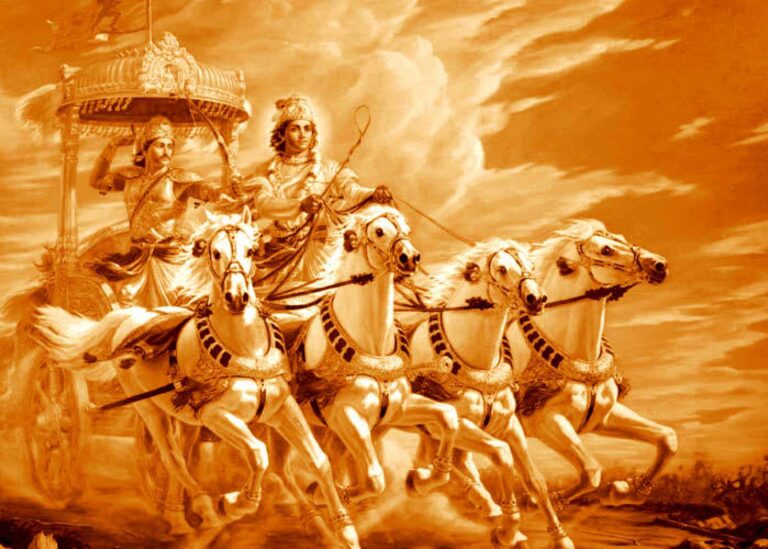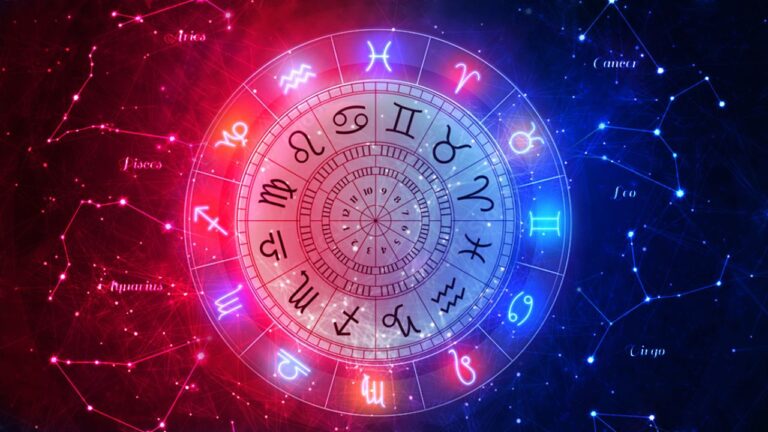Dense to very dense fog on the morning of January 26 could mar Republic Day celebrations, the weatherman said on Wednesday.
The India Meteorological Department (IMD) has warned that dense to very dense fog could cover the city almost every morning over the next few days and cold wave conditions may return as the minimum temperature is expected to drop to around 4 degrees Celsius again.
If the visibility ranges between 50 metres and 200 metres, the IMD declares it as dense fog. If it drops below 50m, it is very dense fog.
On Wednesday, visibility at Indira Gandhi International Airport (IGIA) in Palam dropped to around 100m, resulting in a dense fog conditions. The runway visual range dropped to around 150m for nearly two hours. At Safdarjung, which is taken to be a representative of the city’s weather, the visibility dropped to around 300m.
At least seven flights were diverted during these two hours, which the airport operator said was not solely because of fog. Flight departure and arrival were not put on hold, the operator said.
“We are expecting dense to very dense fog in Delhi and NCR over the next few days. The minimum temperature is expected to drop sharply over the next four days. Cold wave conditions could return as the night temperature could drop to around 4 degrees Celsius,” Kuldeep Srivastava, head of the regional weather forecasting centre in New Delhi, said.
The night temperature was 8 degrees Celsius on Wednesday, normal for this time of the year. The day temperature was 19.9 degrees Celsius, one degree below normal.
A western disturbance had triggered rain in Delhi-NCR and snow in the hills earlier this week. It also pushed up the night temperature to around 12.5 degrees Celsius. But the effect of the disturbance is fading.
“As northwesterly and northerly winds start blowing again, they will bring the chill from the hilly areas where there has been heavy snowfall. This is expected to bring down the temperature in Delhi drastically,” the IMD official said.
The IMD had forecast that winter would be warmer this time. It, however, turned out to be the coldest December since 2005 with the minimum temperature dropping to as low as 2.6 degrees Celsius on December 29. January, however, remained comparatively warmer with the night temperature remaining above 6 degrees. The day temperature shot up to an 11-year high and touched 28.7 degrees Celsius on January 20. The last time the temperature had shot up that high was in 2007.
The rain and strong winds triggered by the western disturbance also helped bring down pollution levels to moderate levels on Tuesday.
But with wind speed dropping again, pollution increased on Wednesday. The air quality index, as recorded by the Central Pollution Control Board (CPCB), shot up from 104 on Tuesday to 212 on Wednesday. Government agencies have forecast that pollution could rise further over the next few days and the air could be in the very poor level once again.



















